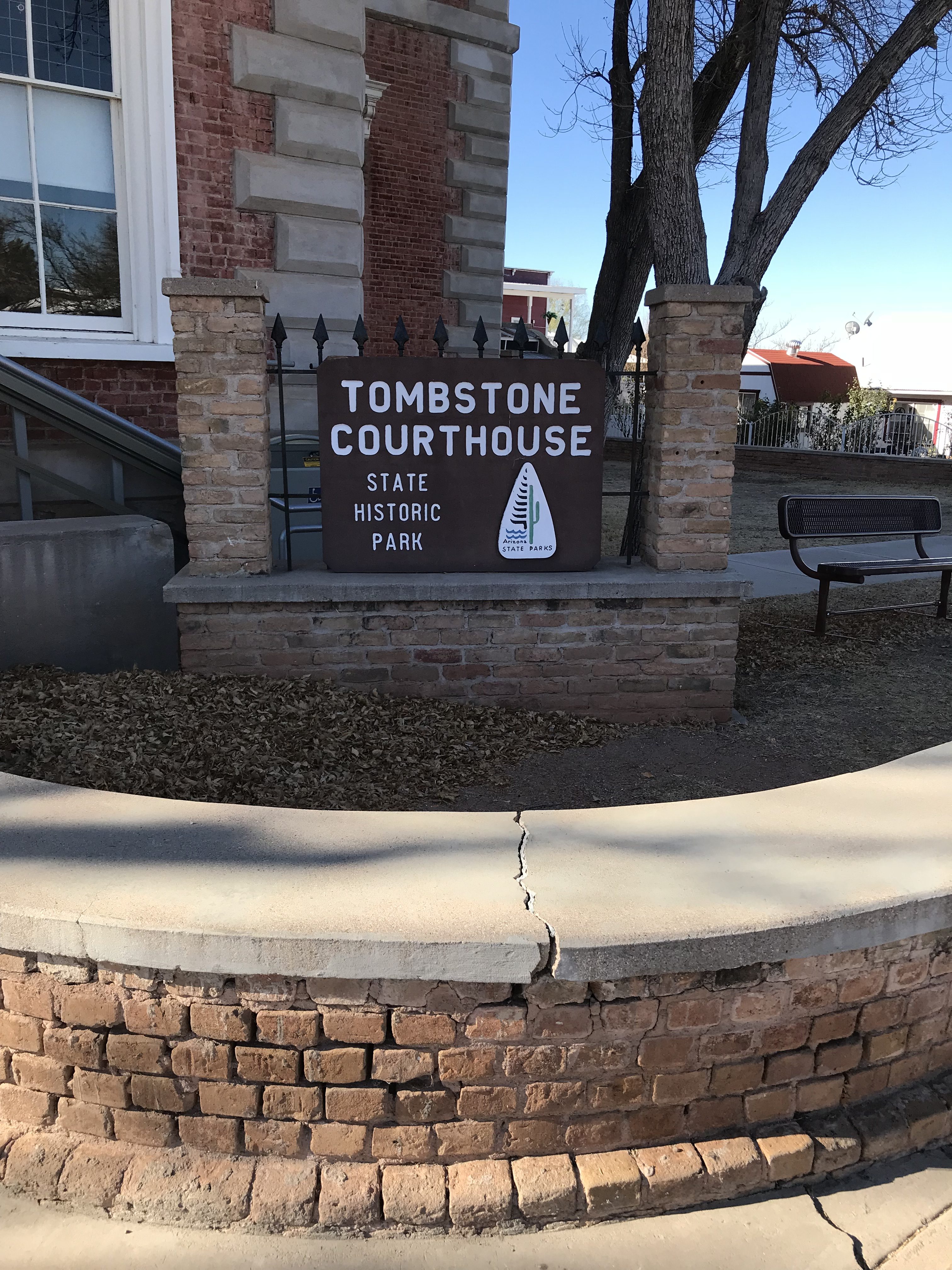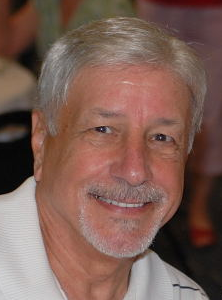Do any of these describe you? Do you ever fantasize about wandering around the country or the world for that matter, in an RV or perhaps a van?
I grew up on a farm in a poor area of southwest Virginia known as Appalachia. TV was in its infancy and like many children of that era, after seeing a TV for the first time when I was about 8 years old, I became fascinated with it. I was with my parents, visiting an old general store for groceries, which was typical in the mid to late 1940’s in the rural south. The store keeper had a TV sitting at the end of the counter that he stood behind when waiting on customers. The screen was perhaps 9” and built into a huge cabinet that contained all the electronics to make it work; a far cry from the flat panels approaching 100” that are in most homes today.
The show on that small black and white screen was an old western movie where the good guys in white hats were chasing and shooting their six-guns at the bad guys in their black hats. Western movies were big hits in the days of early TV.
The typical cowboy was often labeled a drifter, meaning he had no home, no regular job and he just “drifted” from town to town often looking for work as a cow puncher.
Today, drifters don’t ride around the country on horses as they did in the days of the American cowboy; they drive vehicles. The drifter of the 1880’s would today, probably be called a “nomad” and drift around the country in a van that’s been converted for living in or a skoolie, a school bus that’s been converted into a motor home, or a more traditional motor home which is classified as a Class A, a Class C or a Class B. These latter 3 classes are more likely to be owned and traveled in by people of means who do not wish to give up their comforts of home when traveling. They typically go out for long weekends or vacations and park in modern campsites with wi-fi and cable hookups and sit inside in the comfort of air conditioning and watch the latest movies on their large flat panel TV’s.
The drifters or nomads are the modern day cowboys. No, they’re not looking for cows to punch, brand or drive on long trails to the railheads, but rather, they enjoy the freedom
that drifting around the country in their converted vans and skoolies give them. These nomads follow the nice weather.
There are plenty of nomads living such a life east of the Mississippi River, but the vast majority travel west of the Mississippi River as that’s where the BLM (Bureau of Land
Management) land is plentiful. This is land owned by the Federal Government and most of it is open to the public that can be used for free camping. Some of the BLM land is managed more closely than other parts. For example, where it’s more closely managed by Rangers, one can camp for 14 days then must move to another area at least 25 miles away. Where it’s not so closely monitored, one can camp for as long as they wish.
Arizona is a preferred place for the nomads to travel to. Arizona has some 1.4 million acres of BLM land and the weather in the winter is awesome. The Sonoran Desert of
southwest Arizona is where you can find thousands of nomads during the winter months. This part of Arizona has more than 300 days of sunshine per year. While I was there, I had nothing but sunshine every day. The temperature during the days was low to mid 80’s and low to mid 40’s at night. The humidity was less than 20 percent the entire time; just about perfect. Nomads are not the only people drawn southwest Arizona, thousands of snowbirds from the frozen north also migrate there during the winter. During the winter, the area around Quartzsite, Arizona is booming. During the summer months, it’s just too hot to camp in the desert with temperatures in triple digits daily, so the nomads again, follow the sun and nice weather and head to northern Arizona near to and north of Flagstaff, where the elevation is over 7000 feet. It’s much cooler at these higher elevations of northern Arizona or Colorado, or Utah, but again, traveling to higher elevations. Just because one may travel north does not mean it’s cooler; one must search out and go to the higher elevations to get relief from the heat. The snowbirds also head back north to their summer homes and the area in and around Quartzsite resembles a ghost town during the summer months.
I traveled to Quartzsite, Arizona in my converted van in January to experience the area for myself. I initially had wanted to arrive there around the first part of January to
experience the RTR, but because of a scheduling conflict, arrived after the RTR had ended. The RTR is the Rubber Tramp Rendezvous. This is an event that a real nomad;
Bob Wells started in order to educate others on how to live and survive as a van dweller, etc. Bob has lived this lifestyle for many years and swears he would never live in a “sticks and bricks” home again. When Bob first started the RTR some 8 years ago, only a few people showed up in the desert to hear him speak. This year, the estimates of the attendees according to Bob and the Rangers, estimate the crowd to be near 4000. That is a lot of nomads showing up in the desert to see and hear Bob putting on a seminar. It has become so big, that he now has a volunteer staff to help him as well as other speakers to speak on various subjects relative to this lifestyle. The RTR lasts for the better part of 2 weeks. It’s a great place to learn about living in a van, converting a van or skoolie, building out vans or various other types of vehicles, installing solar panels, batteries, etc and the list goes on.
To learn more about Bob Wells and his RTR, go to YouTube and check him out. Put his name in the search bar as well as his brand – CheapRVLiving. His website is: www.cheaprvliving.com. If you have any interest in this lifestyle or just curious about Bob or the RTR, check it out, I think you will be pleased with what you find.
I’ll write more about this subject at a later time, meantime, here are some photos I took while living in my van in the Sonoran desert and other areas of Arizona for a few weeks in January and February.
Desert sunset.
Desert sunset
Typical desert road. No markings except as shown.
Most roads in the desert resemble this. Washed out when the rains come and if one is driving a low van, getting stuck is almost a certainty and one could be stuck for a very long time until help came.
All set up. Someone left me a nice fire pit. Note the large Saguaro Cactus in my backyard. The desert is my backyard and it’s awesome!
My first meal in the desert. Nothing like a bowl of Chili when camping.
An awesome view of one of my many hiking trips.
Unique rock formation just off one of the state roads. Notice the picnic table bottom left of the rocks. Great place to enjoy a picnic on the road.
Lake Mead, a playground in the desert.
Parker Dam, Parker, AZ. Note the lone fisherman.
London Bridge. This is the original London Bridge from England. A local (and obviously well-heeled) businessman purchased the bridge, had it dismantled, shipped to its present location at Lake Havasu City, AZ and re-assembled across Lake Havasu.
Walkway along Lake Havasu. London Bridge is behind me.
Walkway along Lake Havasu with London Bridge in view.
What’s a trip to Arizona without checking out the history. This is the courthouse in Tombstone, AZ. The home of the famous (or infamous, whatever your preference), gunfight at the OK Corral between Wyatt Earp, his brothers and Doc Holliday vs the Clanton’s, etal.
Part of the original OK Corral, Tombstone, AZ
The main street, Tombstone, AZ. Notice the dirt street. Trying to keep it looking as authentic as possible for the tourists. Shows daily in the streets including a reenactment of the Gunfight at the OK Corral. There is actually a population of some 1500 people living here presently with a very nice and modern high school just on the outskirts of town.
This is quite interesting. The “Crib” itself is about the size of the “Tiny Houses” that are becoming popular in this country today. Furnishings consisted of a bed, dresser, small wood burning stove and for lack of a better word – porta potti.
I had planned on visiting the Grand Canyon while in Arizona, but once I got as far north as Flagstaff, I ran into snow. (Flagstaff is over 7000 feet above sea level). The Grand Canyon is some 80-90 miles north of Flagstaff. I happened upon a Ranger in a restaurant and I asked him about visiting the Grand Canyon with this snow coming down. He advised me to postpone my trip till nicer weather. He said one road was already closed there and he wasn’t sure about the others. Based on this, I decided the Grand Canyon could wait.
I did not take as many photos as I had hoped to. I just got caught up in all the beauty around me and forgot to take pictures.
I did take some video during my trip and I’ve been trying to edit it to make for better viewing. So far, my video editing software is not cooperating, but once I get it together, I’ll post it on my blog at: www.wanderingwithbill.com as well as on my YouTube
channel.
Until next time…




















